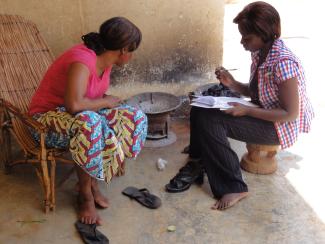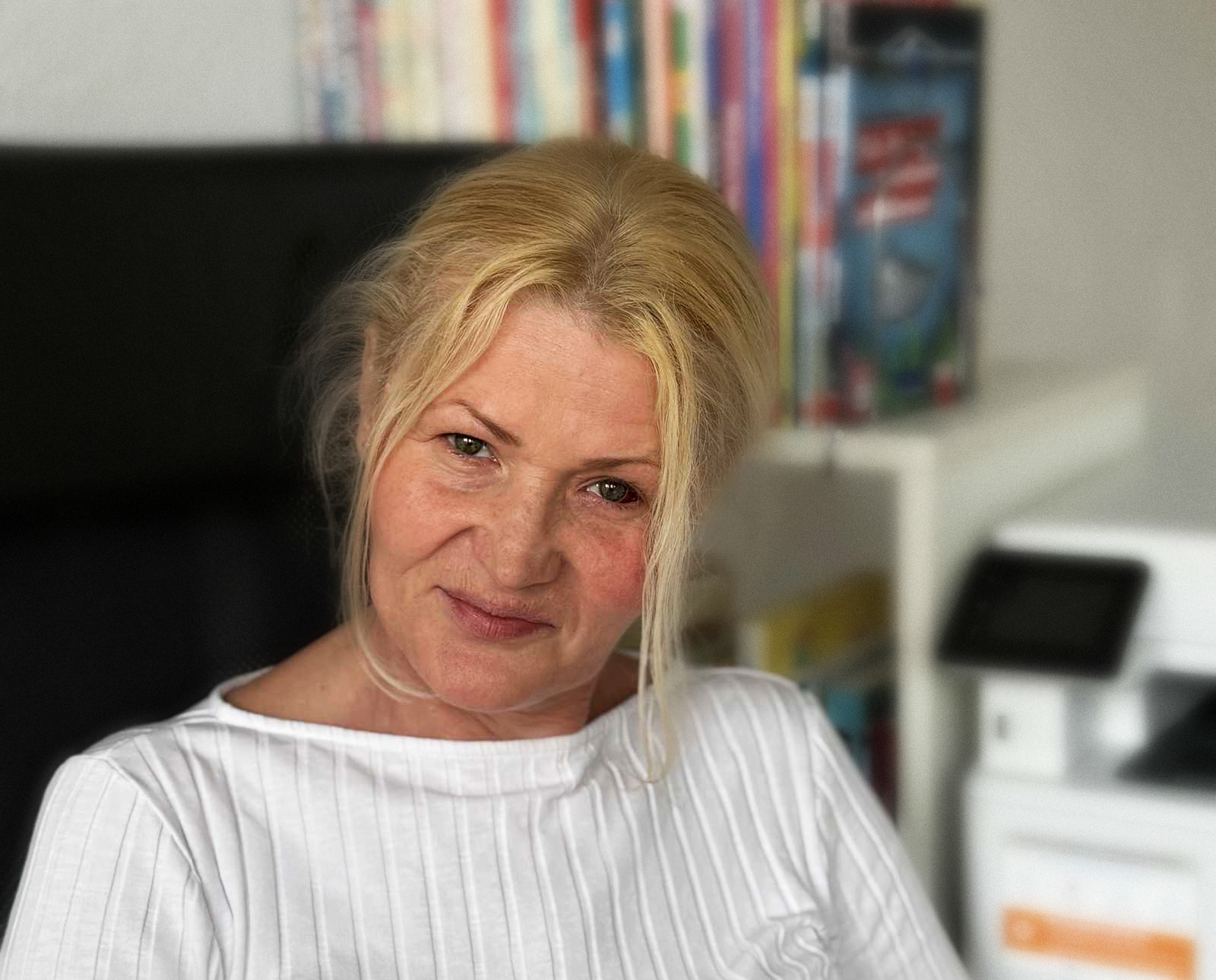Market analysis
Measuring sustainability

When women cook in Asia, Africa or Latin America, toxic fumes often pollute their homes. According to the World Health Organisation (WHO), kitchen smoke kills up to 4 million people per year, more than die because of Malaria and HIV. Improved cooking stoves could save lives – and they would reduce the amount of firewood needed and the time and money invested in procuring it. Better cookers would also reduce carbon emissions.
Promoting the use of efficient cookstoves is not easy however. Many people are not interested in devices they are not familiar with yet. Moreover, there is a lack of distribution strategies. Many approaches have been taken in the past 30 years. Cooking stoves were given away for free, at subsidised prices or production costs. Experience shows that people normally do not accept appliances that are handed out as presents. Therefore, GIZ relies on market dynamics now.
The best case scenario is the emergence of fully operational, long-term markets for fuel-efficient stoves. In such cases, development agencies need no longer intervene. This consideration is guiding the GIZ in the implementation of the Energising Development Programme (EnDev) on behalf of six donor governments. EnDev’s main concern is the fate of the 1.3 billion people who do not have access to modern energy. In 16 of 24 project countries, EnDev is promoting the development of markets for improved cooking technologies.
For this purpose, EnDev trains people in building and maintaining cookstoves, defines quality standards and supports marketing. It also organises producers and sellers in associations that can lobby governments and spread skills. In Kenya, EnDev has contributed to more than 1.4 million improved cookers being made and installed. Today, some 4,000 Kenyans are working in the production and marketing of fuel-efficient stoves.
A big question is whether this success will last. For that to happen, women have to keep using the cooking stoves. Another relevant issue is whether stoves are repaired or replaced when they are broken. It also matters whether producers can make a living from this business.
It is difficult to find out exactly what makes a market sustainable. If it is not sustainable, however, the market-based approach is obviously doomed to fail. That seemed to be the case in Uganda where improved stoves sold well initially. The technology looked convincing and many people were trained in it. But the sales dynamism died down after a few years.
“We want to analyse why some initiatives last, whereas others miss their goal. Moreover, we want to find out what factors have a positive impact on a market’s sustainability”, says Verena Brinkmann of GIZ. She is one of the co-authors of the Sustainability Assessment Framework (SAF).
The SAF was developed in the context of HERA, the GIZ project that focuses on pro-poor energy supply. A GIZ team collected data from the past 30 years, reviewed studies and assessed recent experiences in various countries, including Kenya, Uganda and Ethiopia.
Ultimately, the SAF cannot prove the sustainability of a project. “That can only really be told five to ten years after a project has ended,” says Tim Raabe of GIZ, “but the SAF indicators tell us what to pay attention to during implementation of the
project.”
Relevant criteria
Production figures and sales statistics, in themselves, do not indicate whether a market is functioning well. It is just as important to know whether the cookers are being used and whether they are repaired and replaced if they do not work efficiently anymore. To assess the sustainability of a market, the GIZ relies on four criteria:
- distribution rate: this figure matters, but it is not as important as the following criteria,
- usage rate: only someone who uses the cookstove at least once per day is considered a user,
- cooker condition: if a stove works well it is the most useful and the most likely to be accepted, so experts check performance in laboratories, field research and in the context of studies,
- replacement rate: whether a broken stove is replaced is an indicator of the technology’s acceptance.
The GIZ finalised a study of the market potential in Kenya using these criteria. Some 1,200 households and more than 80 stove producers were surveyed. The research was done in three districts where 99 % of the households use wood or charcoal for cooking. The survey showed that three of four households owned an improved cookers and 90 % of them were using it daily. On the other hand, only every fourth household had replaced broken appliances, but that is not necessarily bad news. There is a good chance of stoves being so good that they did not need to be replaced yet.
The four criteria listed above can only assess the current state of matters. To get more telling results, the GIZ additionally considers 21 other issues with a bearing on the development of a market. In Kenya, the researchers had the impression that many of the persons surveyed had no clear understanding of what the questions concerning maintenance and replacement really meant. “In the future, we will be more precise about these things. We will check stoves for cracks, for instance, and we will ask more detailed questions,” says Raabe.
It is important to note that the opinions of the GIZ staff and consumers differed on whether a cooking stove needed to be replaced. Many users were satisfied with their device even when it was no longer efficient. Melanie Djedje, who has been evaluating cooker projects for years, knows the reason: “In Africa, people use appliances until they cannot use them any more at all. They are living hand to mouth, so they don’t spend money on maintenance.”
A good replacement rate is vital for the sustainability of a market. Otherwise, demand for cookstoves will ebb once most households have one, and producers will loose their livelihoods. Accordingly, it makes sense to make customers aware of the benefits of repairs and replacements. Moreover, producers are obviously well advised to offer good customer services. The GIZ has begun to pay more attention to these aspects in Kenya.
With every new study that provides project data the picture is becoming clearer. Nonetheless, every country needs to be analysed separately. In Uganda, research showed that it would make sense to train fewer producers and enhance training at the same time. The producers of cooking stoves must not only learn to build appliances, they must also understand how to grow their business, convince customers and serve them well. The focus is no longer on selling as many devices as possible, but on providing high quality that users will find satisfying. Currently, market development in Uganda looks promising again.
The GIZ is promoting the adoption of its SAF among other European development agencies. It is also planning to modify the approach in order to make it fit to other appliances such as solar lamps, solar home systems or micro-hydropower applications.
Marlis Kees has been heading the GIZ programme for Poverty-Oriented Basic Energy Services (HERA) since 2005.
marlis.kees@giz.de
Links:
http://www.energypedia.info (Search for: „Sustainability Assessment Framework“)
http://www.endev.info
http://www.giz.de/hera







